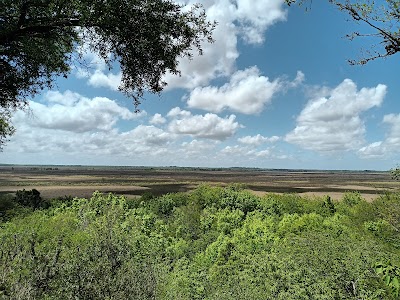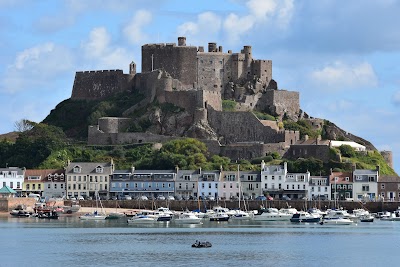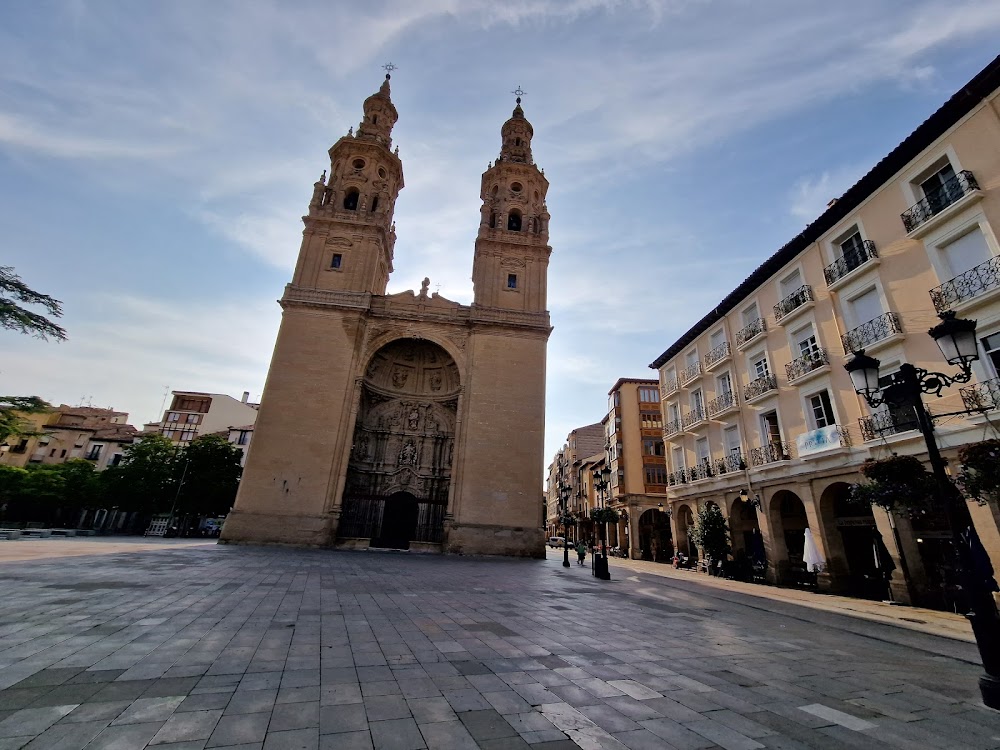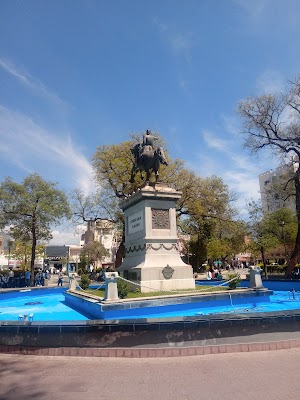San Millán Suso Monastery (Monasterio de Suso)
Overview
Suso Monastery: A Jewel of La Rioja Nestled in the tranquil Yuso Valley near the town of San Millán de la Cogolla, the Suso Monastery—officially known as San Millán Suso Monastery—is one of Spain's most significant historical and religious landmarks. This revered site stands as a pillar of the country’s rich cultural and spiritual heritage, making it a must-visit destination for travelers seeking to explore the depths of Spain's history. Historical Origins and Evolution The origins of Suso Monastery trace back to the 6th century when Saint Millán, a devoted monk, established a humble hermitage. The name "Suso," meaning "upper" in Spanish, aptly reflects its elevated position overlooking the scenic landscape. Saint Millán's commitment to a life of solitude and spirituality soon drew followers, fostering the growth of a monastic community around his hermitage. Initially, the structures were simple stone constructions. However, as the community flourished and the site's spiritual significance grew, the monastery saw extensive renovations. By the 10th century, the original hermitage transformed into a complex featuring intricate architectural styles, notably incorporating elements of Mozarabic and Visigothic designs. The striking horseshoe arches and elaborately carved capitals are testaments to these influences. The Enigmatic Cave Churches A defining feature of Suso Monastery is its captivating caves, originally used as secluded cells for hermits and later converted into chapels. Among these, the famous cave-churches stand out, adorned with stunning frescoes and carvings. The Church of San Millán, built in the Mozarabic style, still showcases remnants of its original wall paintings, offering a glimpse into the artistic heritage of the period. Expansion and Cultural Significance In the 12th century, under the auspices of the Benedictine Order, the monastery experienced significant expansion. This era witnessed the introduction of Romanesque elements and the development of vital infrastructure, including a scriptorium where monks meticulously copied ancient texts. This scriptorium is historically significant, producing some of the earliest examples of written Spanish and other European vernacular languages. The monastery is reputedly the birthplace of the "Glosas Emilianenses," glosses added to Latin texts that mark one of the earliest records of the Spanish language. Despite facing challenges such as raids and political instability during the Middle Ages, Suso Monastery persevered, maintaining its cultural and religious importance. The 16th century ushered in another period of growth, marked by Renaissance architectural additions and the establishment of the nearby Yuso Monastery. Together, Suso and Yuso are collectively referred to as the "Monasteries of San Millán." A UNESCO World Heritage Site Today, Suso Monastery stands as a testament to centuries of devotion, architectural evolution, and cultural significance. Its richly layered history is evident in its diverse architectural styles and the cultural influences that shaped its development. In 1997, both the Suso and Yuso Monasteries were designated a UNESCO World Heritage Site, underscoring their historical and cultural importance. Visitors to Suso Monastery can explore its ancient chapels, wander through its sacred caves, and take in breathtaking views from its hillside vantage point. Each stone and corner of the monastery narrates stories of monastic life, devotion, and the quest for knowledge throughout the centuries. It remains a cherished landmark, drawing tourists, scholars, and spiritual seekers from across the globe, all captivated by its serene beauty and profound historical significance.









